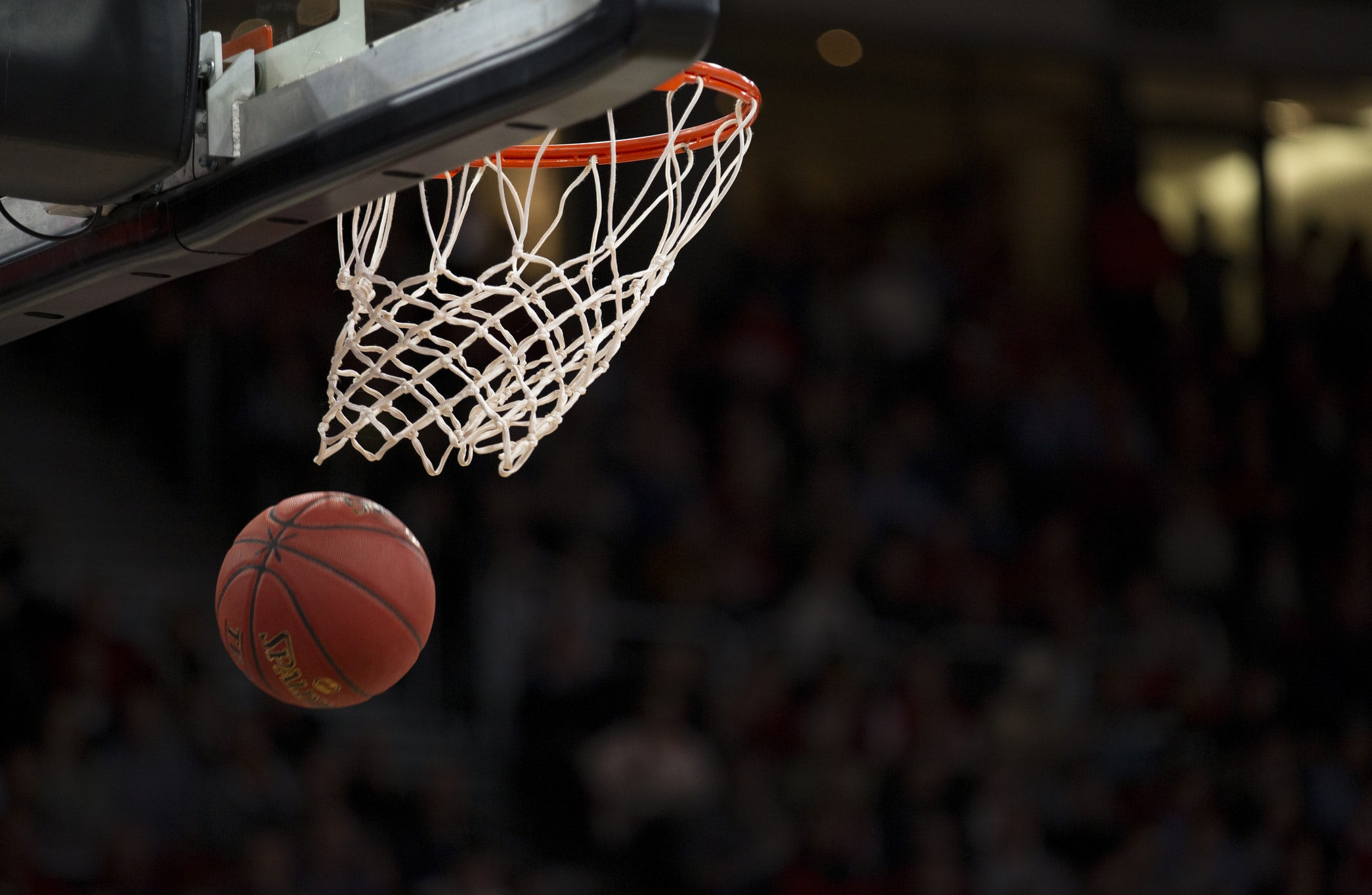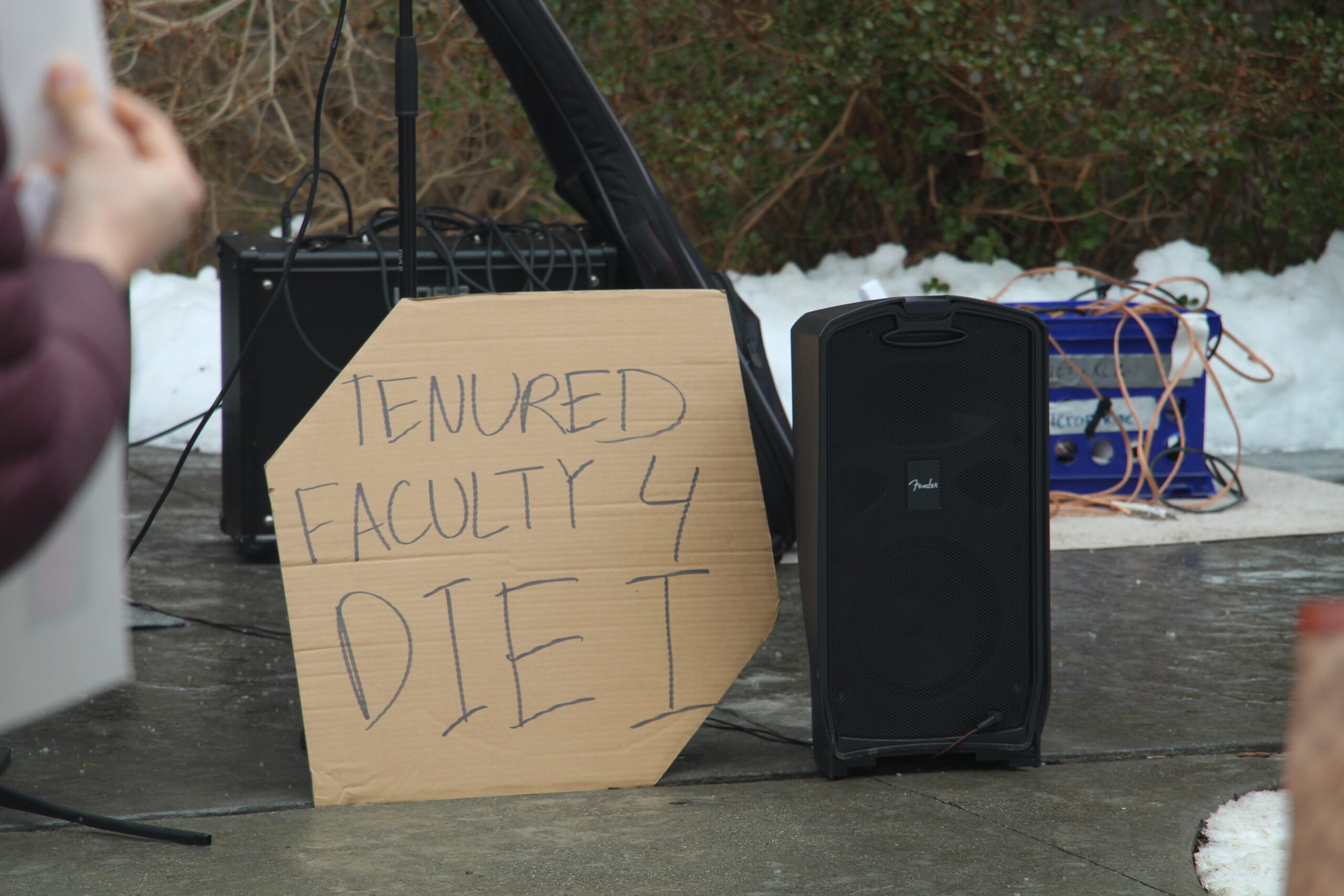Photo courtesy of Unsplash.
After a successful fall sports season and with winter sports ramping up, the Conn community is engaging in different sports that include seemingly coded language.
There are many layers to the language of sports. Some of it is meant to be secretive, but others, everyone is expected to understand. For example, referees and umpires have hand signals that help them communicate to each other and speed the game along, but these signals aren’t entirely self explanatory. This may include a referee rotating their two hands in fists over each other to signal a travel in basketball, or a referee striking their right leg with their right hand, below the knee, to signal a trip in hockey.
Some sports use their slang and symbols to communicate plays or actions during competition, but know that the other team will most likely figure them out due to today’s technology that includes the filming and live streaming of most collegiate competitions. However, other sports have code words and signals that are intended to stay a secret.
Basketball is the most obvious example of symbols and calls that are expected to be anticipated. Teams come up with plays, usually communicated to the rest of the team by a hand signal or short phrase called out by the point guard. Before games, coaches watch film of their opponents playing other games to try to anticipate their plays. A common example of this may be a point guard holding a fist in the air to call for a teammate to set a screen on that point guard’s defender, or a team’s awareness that an opponent likes to use a full court press when down late in a game.
More secretive signals are prevalent in baseball. For example, the signals from the base coaches on whether or not to steal a base or the signal from the catcher to the pitcher about what pitch should be thrown. These signals are not to be understood by other teams, and if they are there are often implications of cheating.
One recent example of such cheating is the Houston Astros sign stealing scandal. In 2017, the Astros organization devised a system in which a camera was zoomed in on the opposing catcher’s pitch signals, a practice called sign stealing. When an off-speed pitch or curveball were to be thrown, the players in the dugout would bang on a trash can once or twice, depending on the pitch type. If there was no banging, the batter knew the pitch would be a fastball and would most likely swing at it. There are some rumors that players may have worn buzzers under their jerseys as well to communicate types of pitches, but this has never been proven. Regardless, the Astros had an extremely successful 2017 season, eventually winning the World Series. The organization was later caught and fined significantly, but not stripped of their trophy or other awards players received.
In most sports, there are particular positions that act as a sort of coach, or general, in the game. The quarterback for the offense in football, typically the middle linebacker for a defense in football, the point guard in basketball, and the catcher in baseball are all responsible for relaying play or signal calls to the rest of the team.
In baseball, a catcher performs their most frequent duties of telling the pitcher what pitch to throw based on signs, communicated with the amount of fingers they put down; typically one finger for a fastball, two for the pitchers strongest off speed pitch and so on. These signs can become more complex and communicated in a secret sequence at the higher levels of the game when there is a runner on second base who may be poaching the signs from his view behind the pitcher. These tactics are tracked closely, especially since the Houston Astros’ cheating scandal.
Football is another sport with intricate lingo for signal and play calling. Listening to a quarterback calling plays at the line of scrimmage can be quite entertaining hearing them call out random combinations of words like “purple walrus” or “blue poncho,” or even more intricately “axe double right spirit larry seven thirty five h puff double cadence on two.” What is included in all of these football play calls, from a basic understanding, is the formation, the personnel (number of wide receivers or maybe an extra lineman for a running play), a backup play if the quarterback doesn’t like the way the defense is set up, the cadence (when the ball is snapped) and more.
While it certainly takes some work to understand the rules and signals of different sports, it’s worth it in the end. The knowledge of seemingly meaningless signs is the root of sports fans’ bonding. Furthermore, die hard fans of particular teams like the Alabama Crimson Tide or Texas Longhorns can communicate their affinity with a simple “Roll Tide” or “Hook Em” hand signal. Part of why you’ll hear someone say “that’s offsides!” or “ugh, the ref said she touched the net!” is to indicate to the other spectators that that fan knows the game. Even if it’s not meant to show off, it makes games much more enjoyable to watch if you know what’s going on. What kind of lingo and secret slang do you use to express your support for our Connecticut College Camels? Winter sports are now under way. Go Camels.










